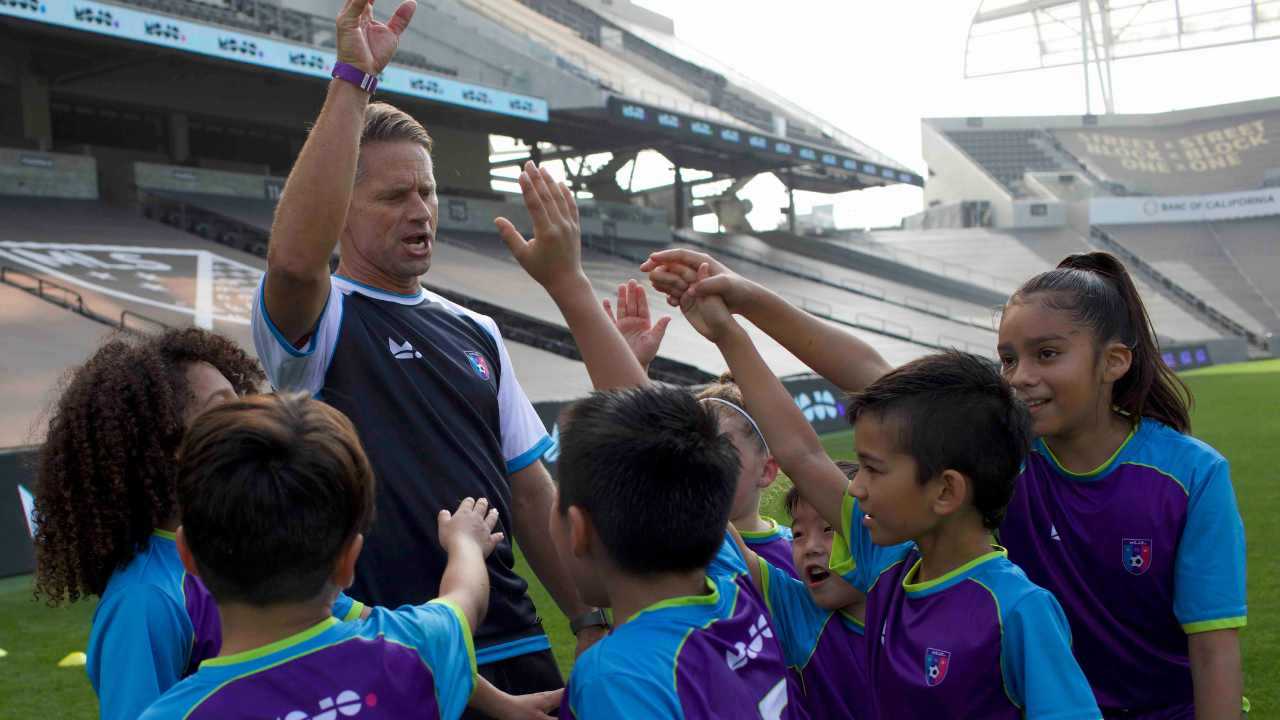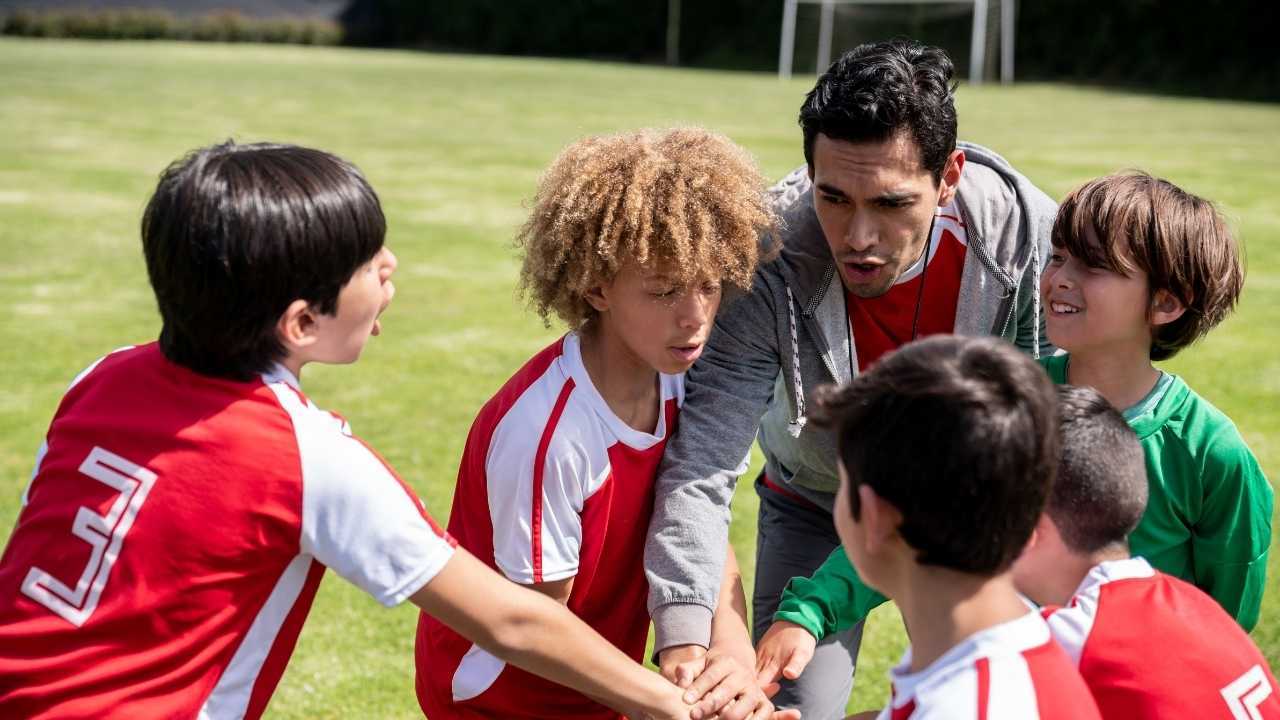How to Deal with Ball Hogs in Soccer
And why parents might be part of the problem
Sarah Lindenfeld Hall
| 5 min read

Canva
“Ball hogs” are easy to identify on the field. They don’t pass or look for open teammates. They take possession of the ball whenever they can, dribble it down the field, shoot and start all over again.
But a ball hog, say longtime soccer coaches, isn’t necessarily the problem. Isn’t wanting the ball an essential part of the game? The issue really boils down to the maturity levels of the player on the field — and that of the parents on the sidelines.
When Bryan Thorp, technical director for the Louisiana Soccer Association, hears concerns about “ball hogs,” here’s what he tells coaches and parents to keep in mind.
They’re not ball hogs, they’re just young.
Developmentally, young players — the ones in preschool or early elementary — still have an egocentric orientation, which means they are unable to see the perspective of another person. On the field, this means concepts like passing the ball and sharing are actually beyond their grasp. In other words, “hogging the ball” is all they can do at this stage of development.
What’s more, their physical coordination is underdeveloped, so when kids this age get the ball, their eyes go down.
“They don’t have the ability, the cognition or even the confidence yet to be able to look up,” Thorp says. “That’s why you have the swarming mentality, the bumble bee mentality at the younger ages. It has nothing to do with the fact that the kids are necessarily hogging the ball or trying to hog the ball.”
For the youngest soccer players, Thorp recommends one player, one ball activities as much as possible. One example is Red Light, Green Light, where each player has a ball and dribbles around the field accelerating, slowing down or stopping according to the coach’s instruction. It’s an ideal activity for younger players because it helps develop game skills like dribbling and stopping the ball, as well as their overall coordination.
Susan Ryan, an assistant professor at Stony Brook University and boys and girls coach agrees. “We, as the adults, have to frame the game to suit the needs and abilities of the children, not the other way around,” says Ryan.
Parents might need to reset expectations.
“If the parent is engaged vocally — and, if you will, over the top — chances are that the response of the player is either one, they fold or they hide, or two, they over-exemplify and they over-exaggerate things to please their parent,” says Thorp. So if a parent is yelling for a child to Get the ball! and Kick! it could end up looking a lot like hogging the ball.
Parenting meetings at the start of the season and in the middle can help head off some of this behavior and set expectations and tone on the sidelines. Coaches should explain what the players are physically and cognitively able to do on the field, Thorp says. Coaches should also remind parents that, during games, players need one voice — and that’s the coach’s.
“It’s an ongoing education,” Thorp says.
To hammer home the message, he often ties academics to sports. Kids don’t learn how to add, subtract or multiply immediately. “Remind all the parents, these are kindergarten kids, first graders, second graders… and their learning progress is going to be a little slower,” he says. “Let’s be patient. Let’s understand that.”
Teamwork takes time — and development.
Once kids hit the tween years, they can begin to develop the skills that allow for group play. Now is the time to start introducing activities during practices that involve multiple players working collaboratively, Thorp says. Small-sided games that emphasize passing or teamwork can acclimate players to sharing the ball — like a scrimmage that awards points based on the number of passes completed before a goal is scored.
It’s also an opportunity to shape parents’ expectations. Let them know that, for the next few games, for example, one objective will be how many passes the team completes in each half.
“It doesn’t mean that you’re trying to change the overall objective of the game, but you’re focused more on the development side of it,” Thorp says.
When a ball hog won’t stop
Of course, not every kid figures this out. If one player continues to hog the ball, Thorp recommends asking the child to think about situations where they were stuck with the ball because an opponent was trying to kick it away from them — and if there was an opening to pass the ball to a teammate before that happened.
“If they say Yes, then you can respond by saying, Guess what? I’m going to count how many times you are going to be successful in passing the ball to a teammate today. How does that sound?” Thorp says.
“As a coach, you have to be patient. It may take a while,” he adds. “But by flipping the narrative and giving that player a new challenge, I think it will work.”
Related articles
How to Reach the Reluctant Player




